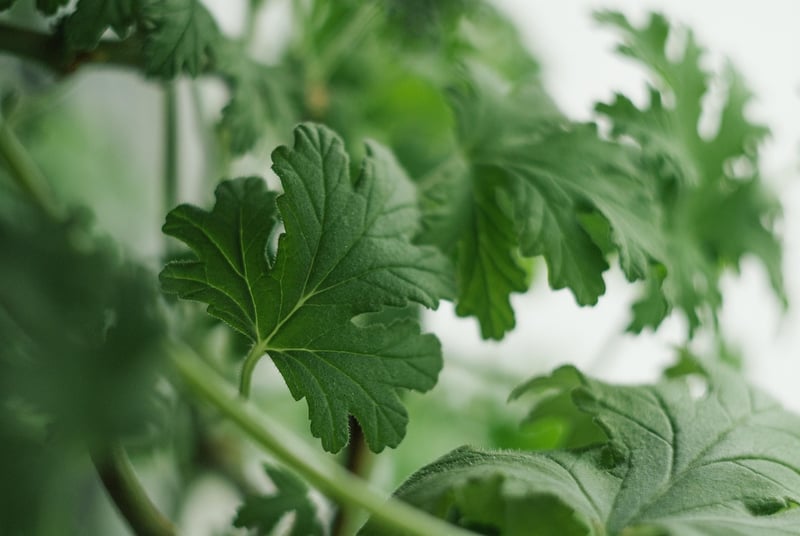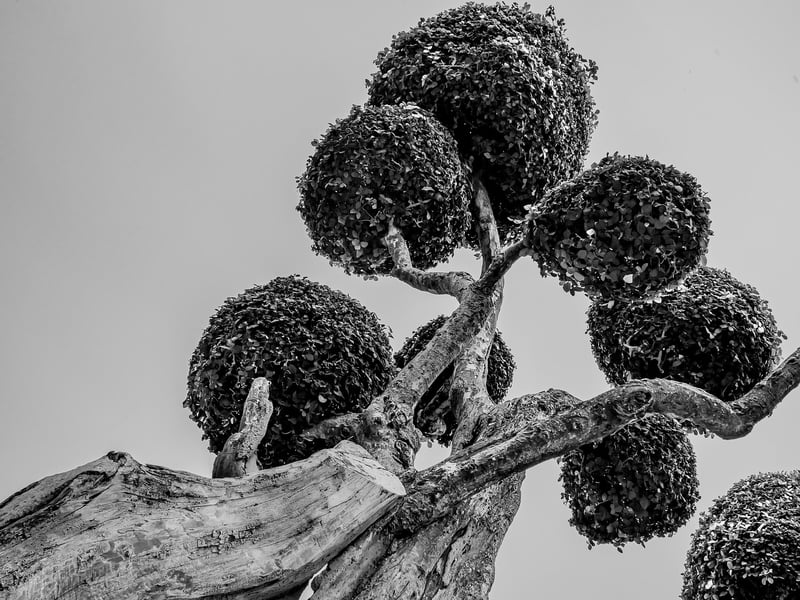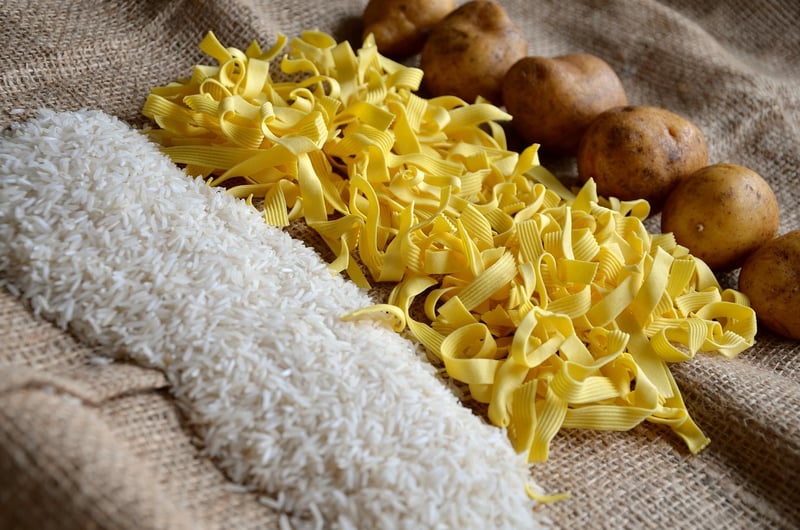Texture Variety
Enhance the Visual Appeal of Your Garden with Texture Variety

When it comes to creating a stunning garden, incorporating texture variety is key to enhancing its visual appeal. By introducing a mix of different textures, you can add depth, interest, and dimension to your outdoor space, making it more dynamic and engaging.
Why Texture Variety Matters
Texture variety in a garden refers to the different surface qualities of plants, such as smooth, rough, glossy, or matte. By combining plants with contrasting textures, you can create a more visually interesting landscape that captures attention and adds character to your garden.
Ways to Incorporate Texture Variety
- Use Different Leaf Shapes: Mix plants with different leaf shapes, sizes, and textures to create a visually appealing contrast.
- Combine Soft and Coarse Plants: Pair soft, delicate plants with coarse, rugged ones to create a balanced and textured look.
- Include Hardscape Elements: Incorporate elements like rocks, pebbles, or sculptures to add non-plant textures to your garden.
- Layer Plants: Create depth by layering plants with varying textures, placing taller, coarser plants behind softer, finer ones.
Benefits of Texture Variety
Adding texture variety to your garden offers several benefits:
- Visual Interest: Different textures create visual interest and make your garden more captivating.
- Depth and Dimension: Texture variety adds depth and dimension to your garden, making it feel more expansive.
- Year-Round Appeal: Plants with diverse textures ensure your garden looks attractive throughout the year, even when some plants are not in bloom.

By incorporating texture variety into your garden design, you can create a visually stunning and dynamic outdoor space that will be a delight to experience throughout the seasons.
Remember, when selecting plants for your garden, consider not only their colors and shapes but also their textures to achieve a well-rounded and visually appealing landscape.
